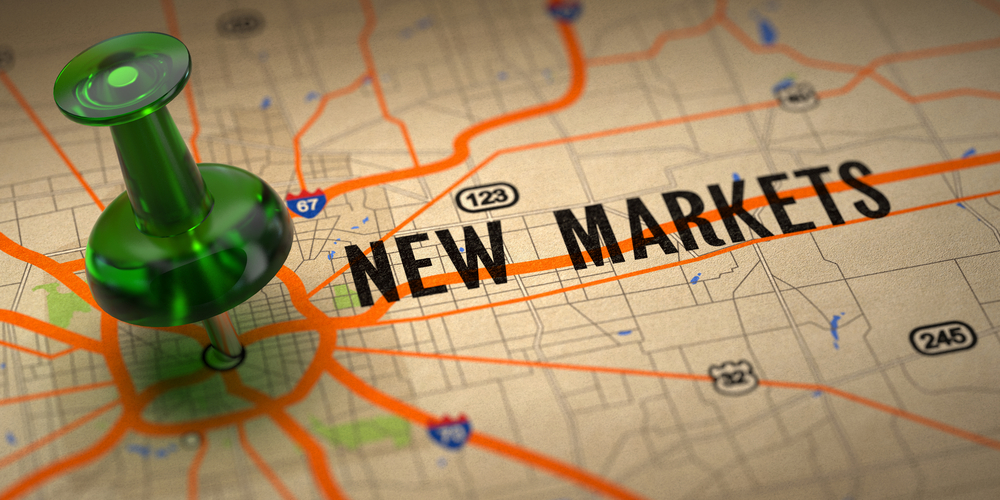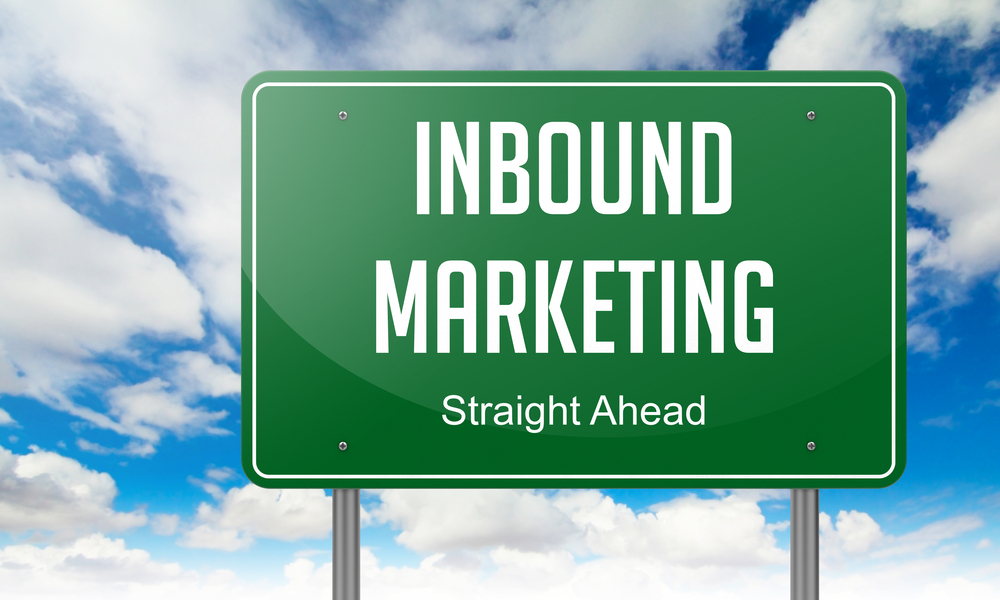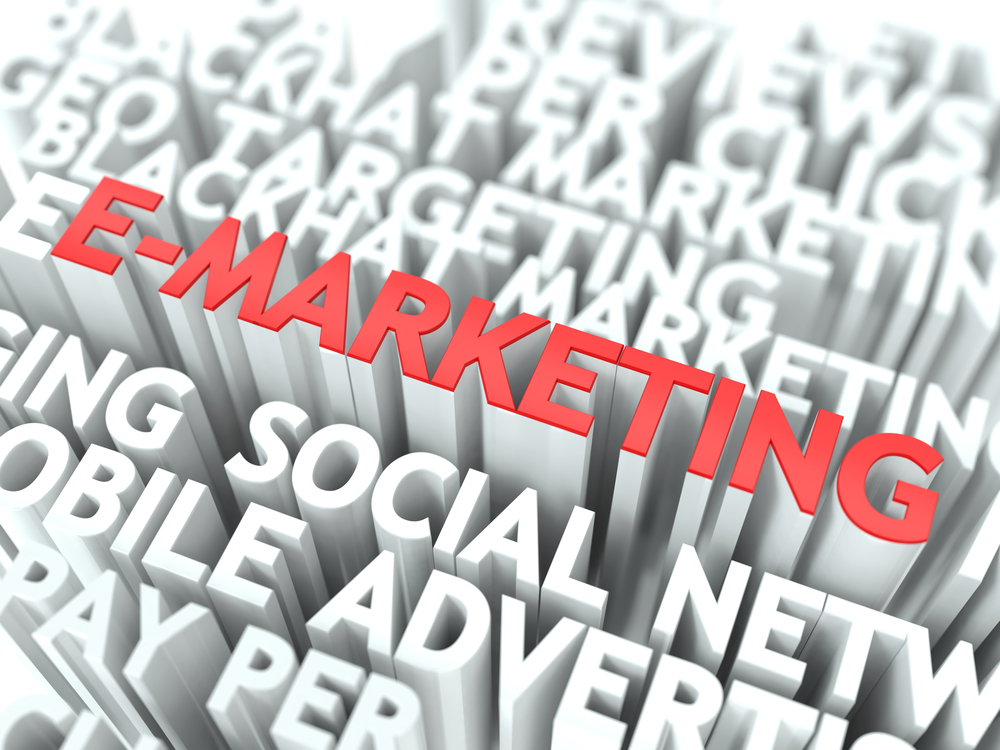
- ABOVE THE FOLD – This is the most important part of every webpage because it is the part of the page you see immediately when it is loaded without having to scroll down or over. The content visible will vary depending on the device and screen size being used to view the page (i.e. mobile, tablet, desktop monitor) so always make sure to test new landing pages for all potential scenarios. It is common to pay a premium when advertising in this region since the ad is guaranteed to be seen by all visitors.
- BACKLINKS/INBOUND LINKS – In short, the more the better, so long as they are quality ones. Backlinks are links from other websites pointing to any page on your site. Search engines use backlinks to judge a site’s credibility; if a site links to you, the reasoning goes, it is in effect vouching for your authority on a particular subject. Therefore, Link Building is an incredibly important part of Search Engine Optimization. How many links, the quality of the sites linking to you, and how they link to you all are important factors.
- BOUNCE RATE – Keeping it low is the name of the game. This is the percentage of people who visit your website but leave without visiting any other page.
- BUYER PERSONA – This is the fictional depiction of your target customers that serves as a valuable point of reference for various digital marketing strategies. Marketing professionals take considerations from buyer goals, industry research, customer data, demographics, and natural human behaviors when forming buyer personas. Ultimately you end up with a multitude of customer types and can better design your site’s user-experience to expedite the conversion objective.
- CLICK – This simply refers to a user clicking on an ad.
- CLICK THROUGH RATE (CTR) – The number of clicks divided by the number of impressions. Click through rate is a common internet marketing measurement tool for ad effectiveness. This rate tells you how many times people are actually clicking on your ad out of the number of times your ad is shown. There is a ton of information that can be gathered from this metric when inspected at granular levels which will in turn help optimize your ad spend.
- CONVERSION RATE – This statistic, or metric, tells you the percentage at which people are converting. The definition of a “conversion” depends upon your goals and measurements. It could mean a sign up for free information, a completed survey, a purchase made, or almost anything else dependent on user interaction.
- COOKIE – Think of these like special tracking devices. Not only do these tracking devices show where someone has gone but they also track everything that person has done. Not only that but they are visible to everyone who wants to know. Sounds a little creepy, I know, but cookies also provide direct benefits to web-surfers, including remembering passwords and bringing you offers in which you are genuinely interested because of past and recent behaviors.
- COST PER ACQUISITION (CPA) – An online advertising cost structure where you pay per an agreed upon actionable event, such as a lead, registration, or sale.
- COST PER CLICK (CPC) – This is a great metric to measure ad effectiveness. CPC is the amount you pay for every click your ad gets. You just divide the amount spent on an ad by the number of clicks it receives. CPC allows you to compare ad performance across a multitude of conditions such as demographics (i.e. Female CPC vs. Male CPC) or medium (i.e. Facebook CPC vs. Twitter CPC).
- COST PER IMPRESSION (CPM) – This is one step back from cost per click in that it is how much you’re paying for every view, or impression, your ad gets. This is a measure of awareness and the associated ads need to be treated as such. The classic “Marketing Rule of 7” states that a prospective customer needs to see your brand or product on average at least 7 times before they are ready to trust you and make a purchase. Awareness campaigns are different from click campaigns because the goal is to get your name out there and not so much about getting people to click on the ad. This is comparable to billboards you see on the side of the highway. You can’t interact with them but you’re now aware of the business and their services.
- DRIP MARKETING – Marketing communications that are written in advance of delivery, and then sent to prospective customers or current customers at pre-determined intervals in their buyer or customer journey. The “drip” moniker of this online marketing strategy was devised by the way the messages are crafted and sent. Typically, these email messages are sent one at a time, about one specific product or service, with a pre-determined amount of time between the next email being sent.
- GEO-TARGETING – This is the ability to reach potential clients according to their physical location. The major search engines now all offer the ability to geo-target searches in their Pay-Per-Click campaigns by viewing their IP addresses. Geo-targeting allows advertisers to specify which markets they do and don’t want to reach.

- HASHTAG – This symbol (#) is used on social media as a way to group tweets or pictures by category or phrase. The ‘#’ is placed directly in front of the text. Strategic utilization of these can be very effective in getting content to go viral with minimal investment.
- HEADER TAGS – Think of these as the names of chapters and sections in a book. They stand out to the human eye due to their larger and bolder font. Header tags aid search engines in combing through content like large bold font helps users skim information in a book. All of the header tags should be used according to their relevance, with more prominent titles utilizing <h1>, subheaders using <h2>, and so on.
- HYPERLINK – Often blue and underlined, hyperlinks, commonly called “links” for short, allow you to navigate to other pages on the Web with a simple click of your mouse. Hyperlinks keep text clean by giving you the ability to hide a long and often unreadable URL by attaching the URL to a single word or group of words relevant to the webpage being promoted.
- IMPRESSIONS – The number of times a page displays your ad. Note that this is not the same as people actually seeing your ad. Choosing ad placement and having an understanding of the site’s traffic are particularly important when paying on a Cost per 1,000 Impressions basis.
- INBOUND MARKETING – Marketing services and strategies that successfully cause prospective customers to navigate to a website on their own accord, usually due to the consistent creation of engaging content.
- INFLUENCER MARKETING – Think celebrity endorsement. However, the celebrity in this case can be anyone from a TV star to a micro-blogger with 5,000 followers. Influencers speak to your target demographic. This creates trust within a community much like you recommending the guy that does your landscaping to your neighbor.

- INTERNAL LINKING – Placing hyperlinks on a page to other pages within the same site. This helps users find more information, improve site interaction, and enhances your SEO efforts.
- LANDING PAGE – The first page a person sees when coming to your website from an advertisement. It’s where your traffic “lands”. This page can be any page on your website including your home page. Almost anytime you direct someone to your website from an advertisement, you should send them to a specialized landing page with tailored information to increase the landing page’s conversion rate.
- LINK BUILDING – The process of obtaining hyperlinks (links or backlinks) from one website back to your own. Link building is of critical importance for successful SEO. Due to algorithm updates, link building has become particularly challenging. Lazy link building can get you penalized by Google. Earning relevant links from high authority sites can be difficult but will help your site rankings.
- LONG TAIL KEYWORDS – Rather than targeting the most common keywords in your industry, you can focus on more niche terms that are usually longer phrases but are also easier to rank for in search engines. Long tail keywords can amount for up to 60% or so of a site’s search traffic. With the advent of Siri and other ‘intelligent assistants’ people are performing more spoken searches like “Where can I find a good restaurant near me?” as opposed to a comparable typed searches like “restaurants near me.” The former might not get as many hits but at least you can rest assured the hits it does get are quality and that keyword is much cheaper than the latter.
- META TAGS – These allow you to highlight important keywords related to your site in a way that matters to search engines, but that your website visitors typically do not see. They play an important role in search engine optimization.
- OPT-IN – This type of registration requires a person submitting information to specifically request he or she be contacted or added to a list. Opt-ins typically lower lead flow rates and raise Costs per Acquisition from internet marketing campaigns but may produce higher percentages of quality leads.
- PAID SEARCH – Also referred to as paid placement, pay per click, and sometimes search engine marketing. Paid search marketing allows advertisers to pay to be listed within the search engine results pages for specific keywords or phrases. Search networks are often set up in an auction environment where keywords and phrases are often associated with a pay-per-click (PPC) fee. It can be mind-boggling how complex paid search strategies can get as you learn more and more about your target demographics.
- PAY PER CLICK (PPC) – This is exactly what is sounds like, you only pay when someone clicks your ad. This is the most expensive means of advertising because it is guaranteeing traffic to your landing page. Google, Bing, Yahoo!, and many more search engines use PPC. This cost structure is also used for social media advertising platforms like Facebook, LinkedIn, and Pinterest.
- RANK – This is how well a particular web page or website is listed in the Search Engine’s Results. Either stated in terms of page ranking, like the first page of search results or 5th page of search results, or exact ranking, like first or 12th. This is a great gauge to see how your site is performing with regard to specific keywords that describe your product or service.
- RETARGETING – When someone performs an action they have a cookie placed on their browser. Then as they go on visiting other sites around the Web, your ad appears in front of them so long as that site accepts ads from the ad network you use for retargeting. This is a form of marketing automation and is available through most ad networks and platforms.
- SEARCH ENGINE OPTIMIZATION (SEO) – This is structuring your website in a manner that enhances your ranking on search engines. Search engine optimization is typically difficult to do on your own, especially given the increasing complexity and differences among all the search engines. Two important factors that rank highly in all major search engines are link popularity (how many websites – and how highly ranked those sites are – link to you) and relevant content (how pertinent the information on your website or a particular web page is to a search).
- SOCIAL MEDIA – A type of online media where information is uploaded primarily through user submission. Web surfers are no longer simply consumers of content, but active content publishers. Many different forms of social media exist including more established formats like Forums and Blogs, and newer formats like Wikis, podcasts, Social Networking, image and video sharing, and virtual reality.

- TAGS – Words or phrases used to describe and categorize individual blog posts, videos, or pictures. Correctly using tags organizes content for users and can help with visibility through SEO and social media optimization.
- URL – Uniform Resource Locator. These are the letters and symbols that make up the address of specific Web pages. Our website’s URL is https://vtrpro.com/.
- VIRAL MARKETING – A newer method of internet marketing that attempts to make advertisements so interesting that viewers will pass them along to others free of charge to the advertisers.
Article written by Vaughn Pourchot




